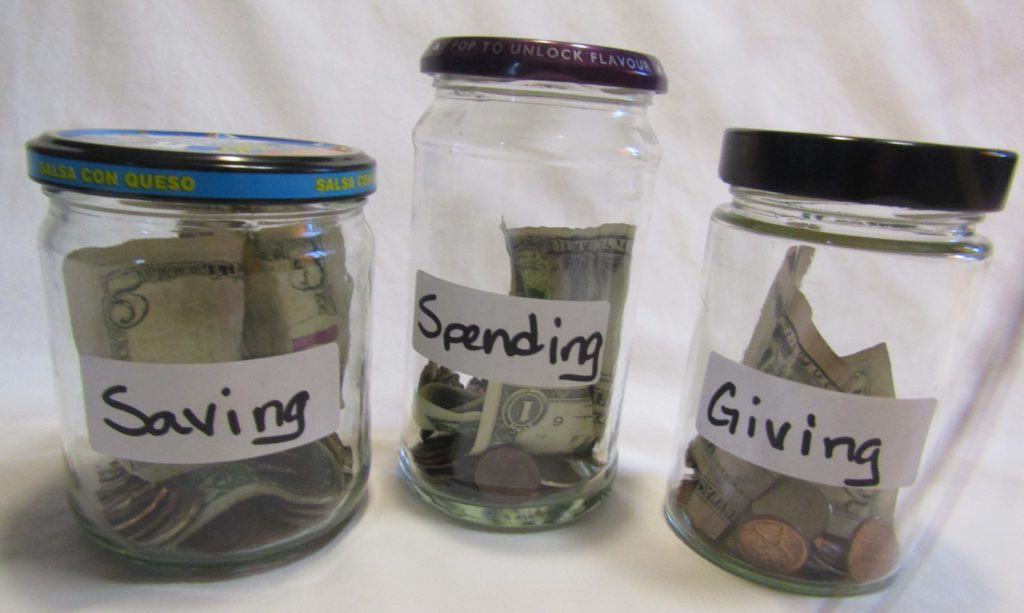

It's not uncommon to feel overwhelmed by financial stress or think that you are constantly treading water to keep from going under. These feelings are becoming more and more common, especially now as Americans are seeing inflation outpace their income. In many areas of the economy, 10% inflation has been met with a mere three or four percent increase in wages.
Chances are good that learning to manage finances has been more like being thrown into the deep end of the pool. That's because most American high schools do not require students to take classes in personal finance or money management. Financial illiteracy is a growing problem. One study shows that the majority of Americans aged 18 to 34 were unable to answer the majority of financial literacy questions correctly.
Don't expect schools to help solve the problem. A 2017, report looking at high school financial literacy said that 27 states received a grade of C or worse. In fact, as recently as 2020 twenty-nine states and Washington, D.C., do not require high schools to teach personal finance. In addition, 45 states and D.C. do not require standardized testing on the subject. Fortunately, North Dakota is one of the states that does require high school students to take a class in personal finance. However, the average score on standardized financial literacy tests for North Dakota's teenagers aged 15-18 years old is 63%. That's slightly under the national average of 63.5%.
Financially illiterate parents will likely perpetuate the cycle. Financial illiteracy enables poverty and hampers prosperity. Not understanding the basics of personal finance leads to a repeated cycle of poor financial decisions that restricts the social mobility of Americans. More importantly, growing up in a financially illiterate home can lead to chronic poverty, where generations of a family are born in poverty.
It's time to become financially literate and, more importantly, pass this important skill on to our children.
It's not enough to understand the numbers and math that go into financial well-being. The more elusive piece of the puzzle is often the psychology around money management and growing wealth.
Very few of us are taught financial philosophies, such as “pay yourself first” and “being poor is expensive.” But mindset, attitude, and strategy are essential elements to financial stability and prosperity. Even if you weren't taught it in school, you still need to help your children to see money as a tool, not a master.
Last week I wrote about how important it is to have your children on board and supporting the family's financial goals. Now let's talk about some specific lessons that will help children learn financial lessons that will carry them through life. A study by the University of Cambridge found that money habits in children are formed by the time they’re just seven years old. That means it's never too early to start teaching.
Set an example
This is the single most important thing you can do. You are probably working on unlearning bad habits and attitudes about money yourself. Your children need to see the conscious steps you are taking to stay within your budget.
Little eyes are watching you. If you’re using a plastic card every time you go buy something, they’ll notice. They will see spending as a fun transaction, not something that impacts the family budget. Use physical money—cash or check—for all your purchases. As convenient as debit and credit cards are, your children need to see the tangible exchange of money and the immediate impact that spending has on your well-being.
If you and your spouse are arguing about money, they’ll notice that too. Set a healthy example of how to discuss and resolve financial issues.

Use a clear jar to save
The piggy bank is a great idea, but it doesn’t give kids a visual of what they're saving. When you use a clear jar, they see the money growing. Every time they add to the jar, point out to them how much it is growing. Make a big deal about how much they are saving.
When they put money into the jar, you have a good opportunity to teach the math of money and how much each bill or coin is worth.
Show them that stuff costs money
It's not enough to say “That toy car costs $5.” Help them grab a few dollars out of their jar and take it with them to the store. When they physically hand the money over to the cashier and see the jar depleted, they learn invaluable lessons. This simple action will have more impact than a five-minute “we can't afford that” lecture.
Teaching your children about money at any stage takes time and a conscious effort. But if you want your children to know how to successfully manage their money when they get older, it's essential that you teach them now.
